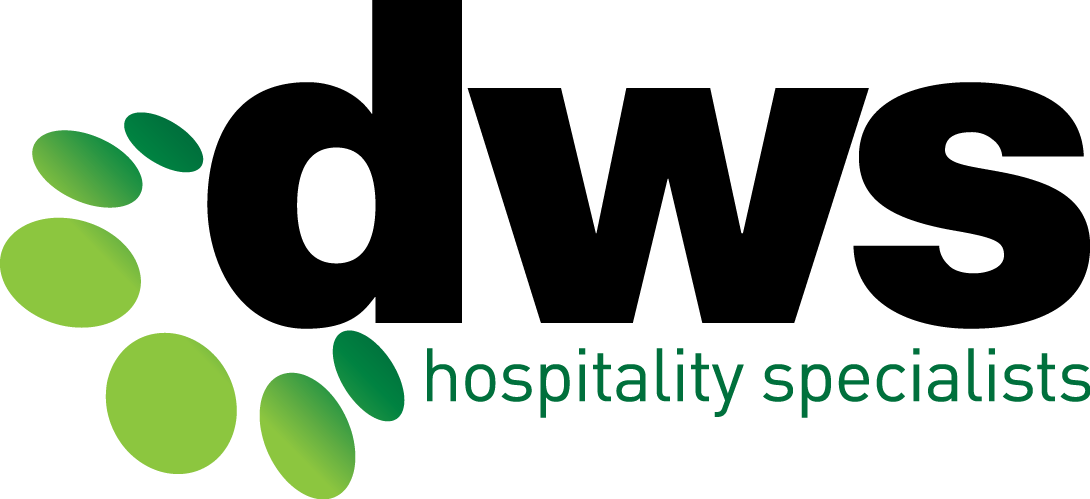
We are all aware about the road safety and road rules – must-do driving conducts to be safe on the road not only for yourself but also for others. Equally as important to implement on a day to day basis, but something that is often overlooked, is Workplace Health and Safety (WHS). We follow the road rules on a day-to-day basis without a second thought, so why do we get so restless and agitated when talking about WHS in the workplace?
The simple fact is following road rules is fairly easy and simple to do, but this is where WHS differs. Unlike road rules which we are taught systematically, not to mention are often clearly displayed in big signs all over the road, WHS is not that easy. Unfortunately, the Work Health & Safety Act 2011 and WHS Regulations 2011 are not overly clear when it comes to implementation in the workplace.
The lack of understanding is completely understandable and the majority of us may choose to avoid WHS until you get flagged down by the Safety Officer and are given the warning to ‘do things better’ next time. However, what if there is no next time? What if yourself or someone else is injured due to a long term avoidance in implementing safety measures in your organisation? By then, the consequences can be severe and not to mention the injury, legal action, loss of staff, increase of WorkCover levy and decrease of staff productivity in the process.
Risky Business is no laughing matter, so how can we increase the safety awareness amongst all staff?
- Take participation in the regular Work Health & Safety Committee meeting;
- Lead by example. Safety can only happen when it is supported by the top level management by including all the safety discussions around hazard identification, risk assessment and incident reports within the regular team meeting;
- Come along on the next Safety Audit conducted by your internal or external Safety Officer;
- Attend the Safety Induction or provide safety training for all staff; and
- Encourage staff to report any potential hazards within their work area.
WHS is never something we should avoid or push aside simply because we are unsure exactly what we are required to do. Don’t wait until there is an incident at your venue, ensure that you make the first move and be proactive. Take the first step in ensuring your business is a safe and risk-free workplace today.



